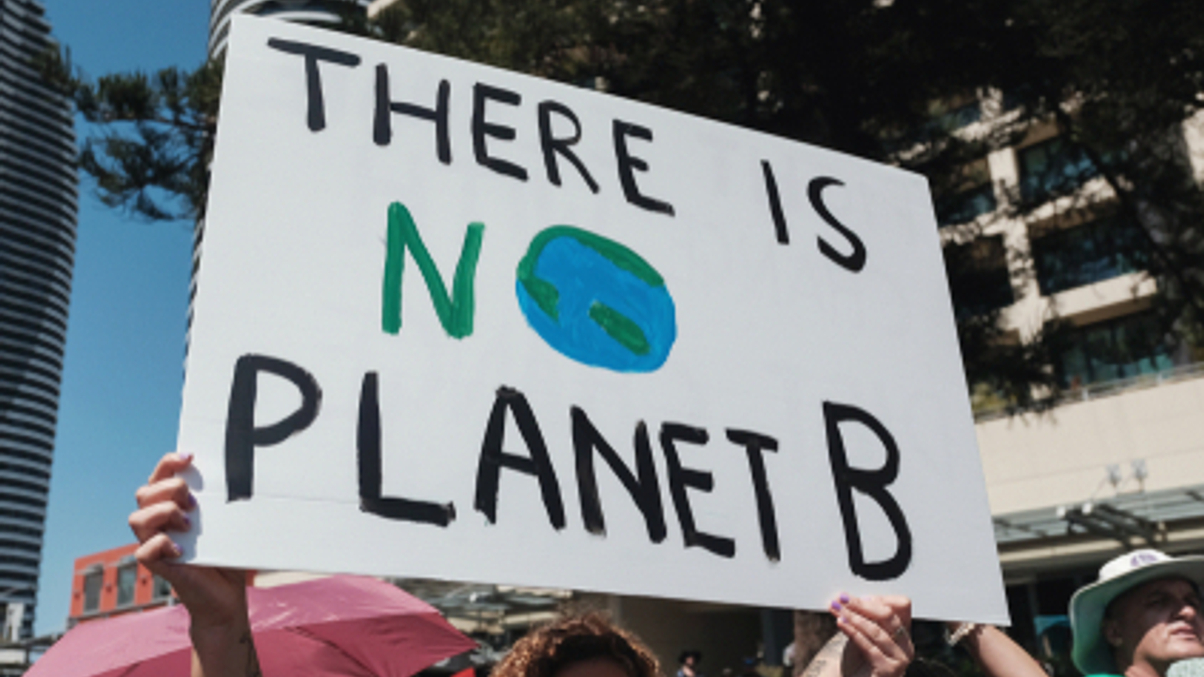GIC and peers investigating climate risk effect on property
Singapore’s sovereign wealth fund and other institutional investors into real estate are analysing the impact of climate risk on investment flows and the pricing of real assets.

Singapore's GIC and other asset owners such as life insurers and pension funds are beginning to seriously consider the impact of environmental risks on real estate, an emerging shift that could lead to a pullback in some property assets and cause investors to hold physical assets for shorter periods.
Sign in to read on!
Registered users get 2 free articles in 30 days.
Subscribers have full unlimited access to AsianInvestor
Not signed up? New users get 2 free articles per month, plus a 7-day unlimited free trial.
¬ Haymarket Media Limited. All rights reserved.


